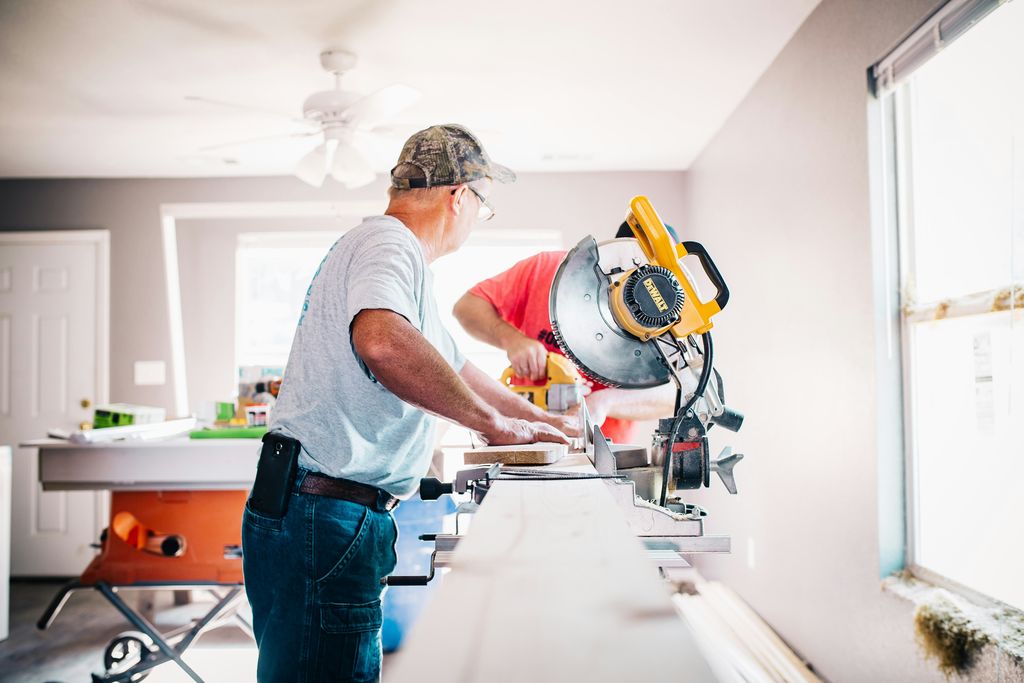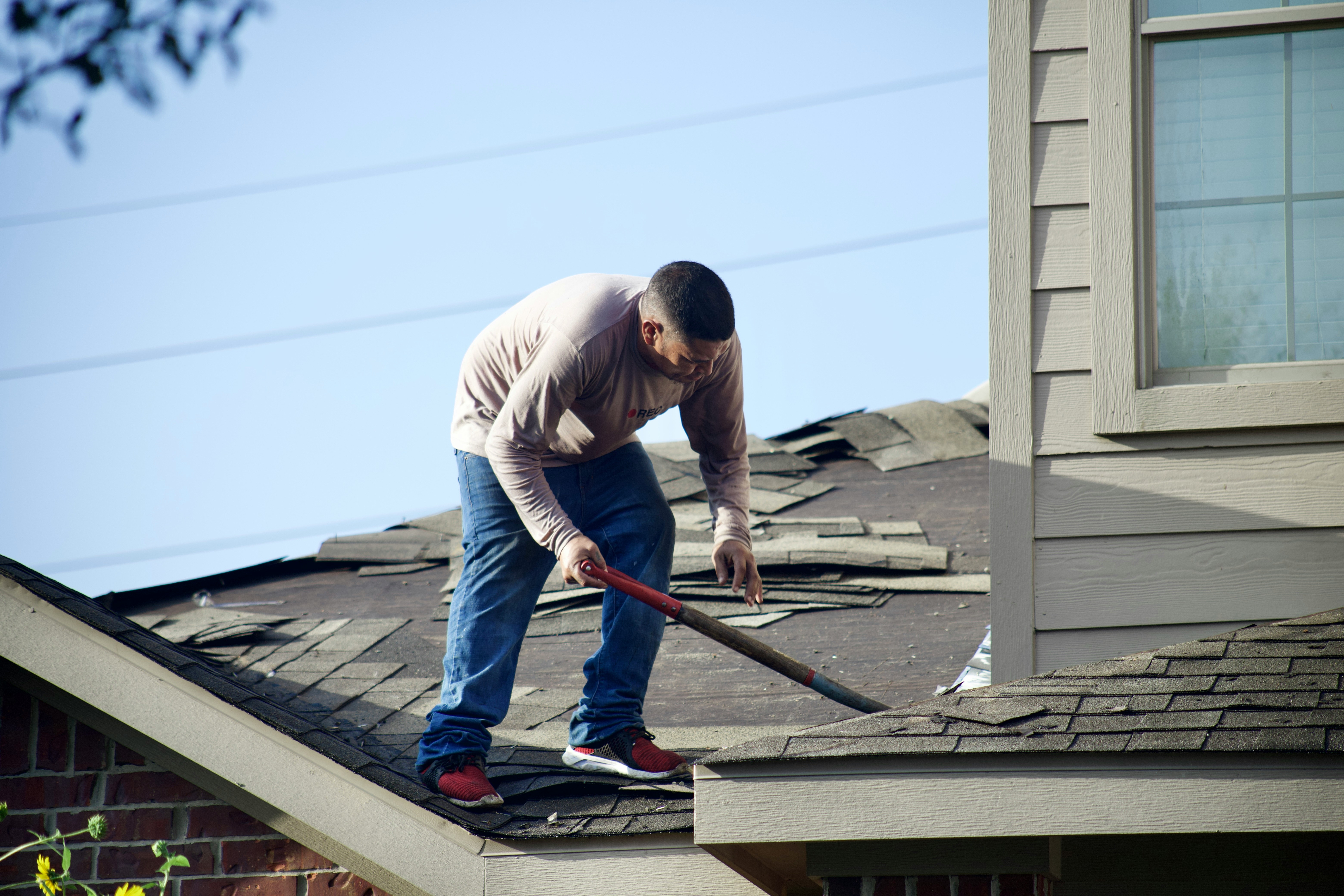As a new homeowner, it’s essential to prepare for the inevitable expenses that come with maintaining your property. Budgeting for repairs and replacements ensures you’re ready for both small fixes and large expenses that can arise over time. Here’s how to plan:
Set Aside an Emergency Fund
The rule of thumb is to allocate 1% to 3% of your home’s purchase price annually for maintenance. For a $300,000 home, this means setting aside $3,000 to $9,000 per year. This fund will help cover unexpected issues like plumbing repairs, HVAC breakdowns, or minor electrical fixes.
Prioritize Essential Replacements
Certain systems in your home have a limited lifespan. Major components like the roof, HVAC, and water heater will eventually need replacing. It’s important to know the expected lifespan of these items and keep on top of their overall maintenance to make sure they last. If your home is older or if inspections reveal aging systems, plan for these costs early.
Schedule Regular Inspections
Routine inspections can catch small issues before they become costly repairs. For example, annual HVAC servicing can prevent breakdowns, while inspecting your roof after winter can help spot leaks early. Incorporating these preventive measures into your budget will save you money in the long run.

DIY vs. Professional Help
Some minor repairs, like patching drywall or fixing a leaky faucet, can be handled on your own. However, major projects such as electrical work or roof repairs should be left to professionals. Factor in the cost of hiring licensed contractors when necessary and be realistic about what you can tackle yourself.
Plan for Seasonal Maintenance
Each season requires specific upkeep. Fall might mean gutter cleaning and winterizing pipes, while spring calls for lawn care and exterior inspections. Adding seasonal tasks to your budget ensures you stay on top of upkeep and avoid bigger issues down the road.
Track and Adjust Your Budget
Keep track of what you spend on home repairs each year and adjust your budget as needed. Some years may require more significant expenses, like replacing an HVAC system, while other years may just involve minor fixes. Regularly reviewing your budget helps you stay prepared.
By budgeting for repairs and replacements as a new homeowner, you’ll ensure that your home remains a safe, comfortable, and well-maintained space without being blindsided by unexpected costs. Planning ahead allows you to enjoy your new home with peace of mind.
Considering this advice early in homeownership can be a lifesaver down the road! Here are some notes we’ve shared with our buyers — updated with life span estimates, 2024 replacement costs, and monthly savings goals:
Roof
Life span: 20 years
Average replacement cost: $9,353
Savings plan: Save $20 – $40/month
HVAC/Furnace
Life span: 15-20 years
Average replacement cost: $7,500 (replace both at once to save)
Savings plan: Save $10 – $30/month
Smoke Detectors
Life span: 8 years
Average replacement cost: $20 – $50 each
Savings plans: Replace one detector each year.
Wood Deck
Life span: 10-15 years
Average replacement cost: $4,100 – $11,700
Savings plan: Save $20 – $50/month
Washer and Dryer
Life span: 10-15 years Average replacement cost: $1,000 to $2,300 per set
Savings plan: Save $10 – $50/month per appliance
Stashing funds away in a High-Yield Savings Account (HYSA) each month can give your savings an extra interest boost. Plus, platforms like Ally let you set up ‘buckets’ for each savings goal. Even if you can’t save for all of these at once, it’s a good idea to start a general home repair fund. Make sure you bookmark this list, and be sure to start your savings plan sooner rather than later!
How Much Does Roof Replacement Cost in 2024? | Angi
Cost to Replace Furnace and Air Conditioning |2024 Data] | Angi
Deck Replacement and Repair Costs |2024 Data] | Angi
How Much Does a Washer and Dryer Cost? [2024 Prices] Angi

